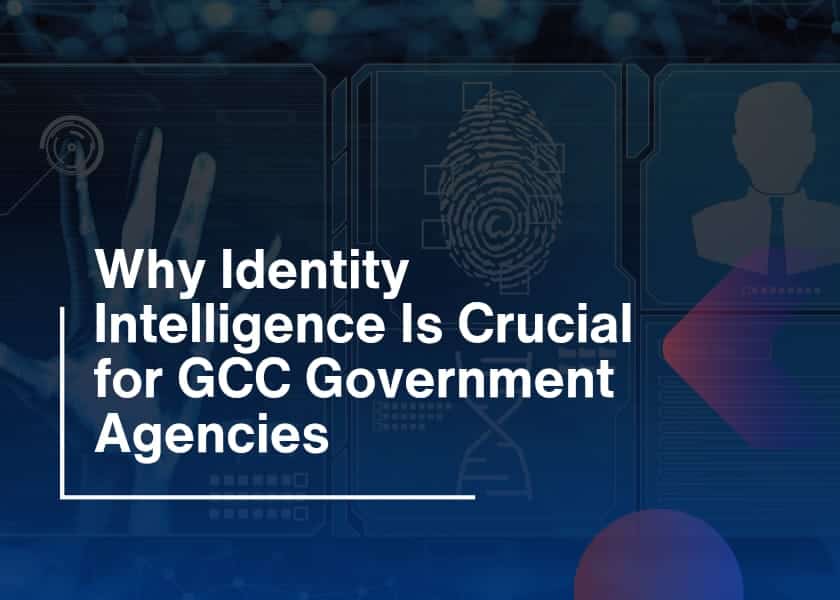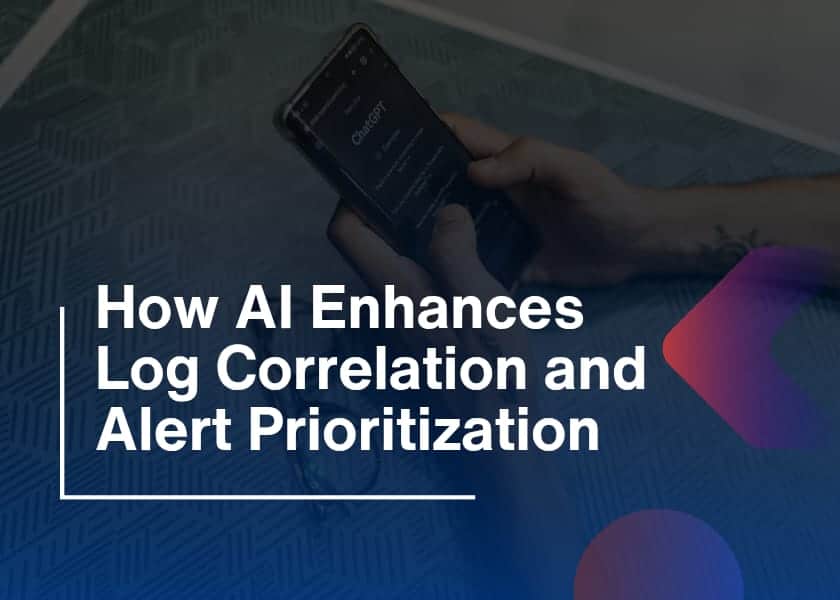Cyberattacks don’t wait for office hours, and neither do MSSPs. As threats grow more advanced, businesses in every sector need to know how to respond quickly and effectively. So, this is where the MSSP cyberattack response process comes in. Additionally, managed Security Service Providers are trained to handle complex security incidents swiftly and professionally, often before you even know there’s a problem.
In this article, we’ll walk through the full lifecycle of how an MSSP detects, manages, and recovers from cyberattacks, giving you peace of mind and a clear understanding of what happens behind the scenes.
Understanding MSSP Cyberattack Response
MSSP Cyberattack Response providers cover steps like live monitoring, threat detection, isolating systems, examining the incident, fixing the damage, and protecting against future threats. Whereas a basic IT support team has few resources. But MSSPs provide 24/7 monitoring, intelligent information about threats, and specialized teams for handling emergencies. Here, we are going to look closely at how the response process operates.
1. Real-Time Threat Detection
The first part is always detecting the threat. Tools, including SIEM systems, AI-powered monitoring and threat intelligence feeds, are used by MSSPs to constantly view your entire infrastructure. Additionally, logging tools take and analyze information from:
- Firewalls
- Endpoint devices
- Servers
- Cloud applications
- Network traffic
Furthermore, should a threat be detected via suspicious login, the movement of data, or malware, the MSSP immediately activates its cyberattack response plan.
2. Also, alert triage and validation.
Most alerts are not real threats. In addition, false positives can happen when event data is used. Therefore, MSSPs don’t respond in the same way every time. After that, triage needs to be performed. At this point, the analysts evaluate how severe the incident is.
- Does the alert represent a real problem or not?
- On which systems does the incident have an impact?
- What might be the consequences of the accident?
Moreover, checking if the alert is genuine ensures MSSPs do not get nervous while instantly being prepared if the reported threat is real.
3. Immediate Containment
When the alert is sure to be a real cyberattack, MSSPs work to limit its impact. So, taking action in this phase is crucial for the MSSP to handle cyberattacks well. Therefore, they aim to stop the infection from getting more serious. They may:
- Firstly, put infected devices in a separate network.
- Then, block access from users or networks.
- Remove certain pieces of your network.
- Remove access permissions when credentials are compromised.
Moreover, prompt management of an incident helps avoid more harm to critical systems and the data.
4. In-Depth Investigations and Forensics
The MSSP Cyberattack Response controls the threat and immediately starts an in-depth investigation to uncover the cause of the attack. So, this is the role of cybersecurity forensics. The MSSP’s team of security specialists examines:
- The way the attacker was able to enter the system
- What flaws did the hackers use to get access
- How did your systems and information get affected?
- Whether the attack was launched by someone within the company or by an outside actor
In addition, they also collect logs, timelines, and indicators related to threats, which may be required for legal or compliance reporting. Furthermore, it is important at this stage to simply close the current attack and also head off anything like it for the future.
5. Threat Eradication
After identifying the source and impact, the MSSP proceeds to eradicate the threat. This might involve:
- Firstly, removing malware or backdoors
- Patching exploited vulnerabilities
- Rebuilding compromised systems
- Updating security rules and firewall settings
Moreover, security experts thoroughly remove the threat to block any lingering access and prevent the same method from being reused in future breaches.
6. System Recovery and Restoration
The MSSP eliminates the threat and restores your operations. This part of the MSSP cyberattack response includes:
- Restoring clean backups of affected data
- Rebuilding corrupted or lost files
- Reconfiguring systems
- Verifying functionality and security
In many cases, MSSPs already have backup and disaster recovery plans in place. So, this allows them to reduce downtime and restore your business as quickly as possible.
7. Post-Incident Reporting
Transparency is key. Therefore, after the situation is under control, MSSPs generate detailed post-incident reports that document:
- What happened and when
- Who detected it and how?
- Who took action, and what did they do?
- What did the attack impact?
- Recommendations for future prevention
These reports are crucial for audits, insurance claims, legal compliance, and executive understanding.
8. Future Prevention and Hardening
Finally, MSSPs don’t stop at recovery. The last and ongoing phase is prevention. In addition, they evaluate your systems to prevent similar incidents by:
- Updating threat detection rules
- Applying security patches
- Enhancing monitoring tools
- Re-training staff
- Reviewing access controls and policies
So, this continuous improvement process ensures that your business stays ahead of emerging threats.

Why MSSP Threat Response Is a Smarter Strategy
Handling cyber threats in-house may sound efficient, but the reality is often different. However, MSSPs provide a proactive, scalable solution that adapts to new threats faster than internal teams can react. They’re not just a service, they’re a strategic partner in your defense ecosystem. Here’s why:
- Real-Time Detection: MSSPs use advanced SIEM tools and global threat feeds to catch attacks as they happen.
- Expert Intervention: Their analysts respond under pressure and handle threats across multiple industries.
- Reduced Downtime: Immediate action means your business can recover faster with minimal disruption.
- Future-Proofing: MSSPs help you stay ahead of compliance changes, emerging threats, and technology trends.
- Peace of Mind: With 24/7 coverage, you’re never alone during a crisis.
Therefore, choosing an MSSP isn’t outsourcing, it’s leveling up your security posture.
Tips to Strengthen MSSP Cyberattack Response
Even with an MSSP, your team plays a role. So, to enhance your defense, consider these tips:
- Maintain clear communication protocols with your MSSP.
- Perform regular security assessments together.
- Keep backups updated and tested.
- Train staff to spot phishing and report suspicious activity.
- Review SLAs to ensure that rapid response time is part of the contract.
The stronger your collaboration, the better your protection.
Final Thoughts
No business is immune to cyber threats. But with a strong MSSP cyberattack response, you don’t have to live in fear. Additionally, MSSPs offer a complete, end-to-end solution for detecting, containing, investigating, and recovering from cyberattacks 24/7.
From ransomware to insider threats, they respond with speed, skill, and professionalism. Most importantly, they help you bounce back stronger, smarter, and more secure. So, if you haven’t yet partnered with an MSSP, now is the time to act. Because in cybersecurity, prevention is great, but response is everything.





